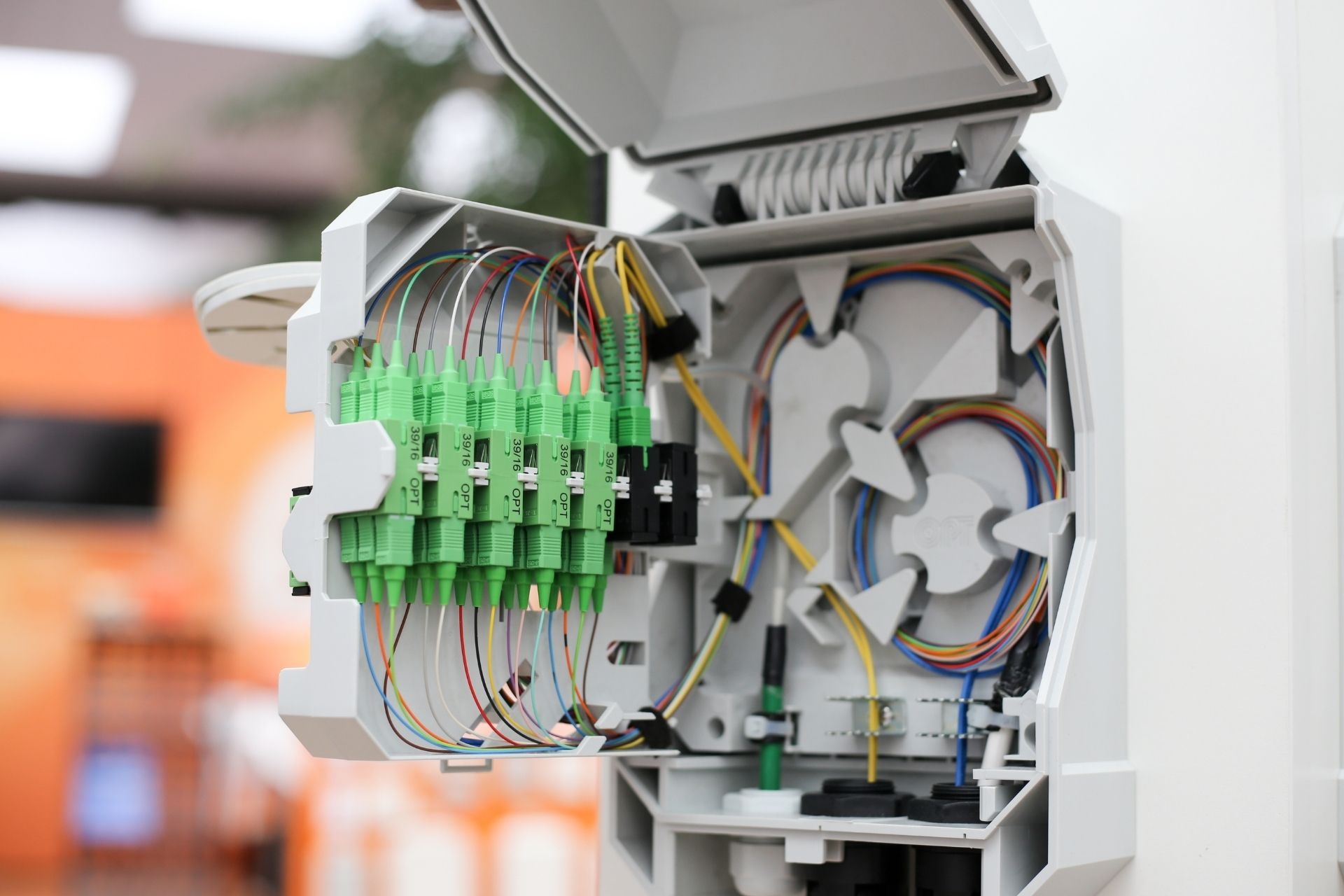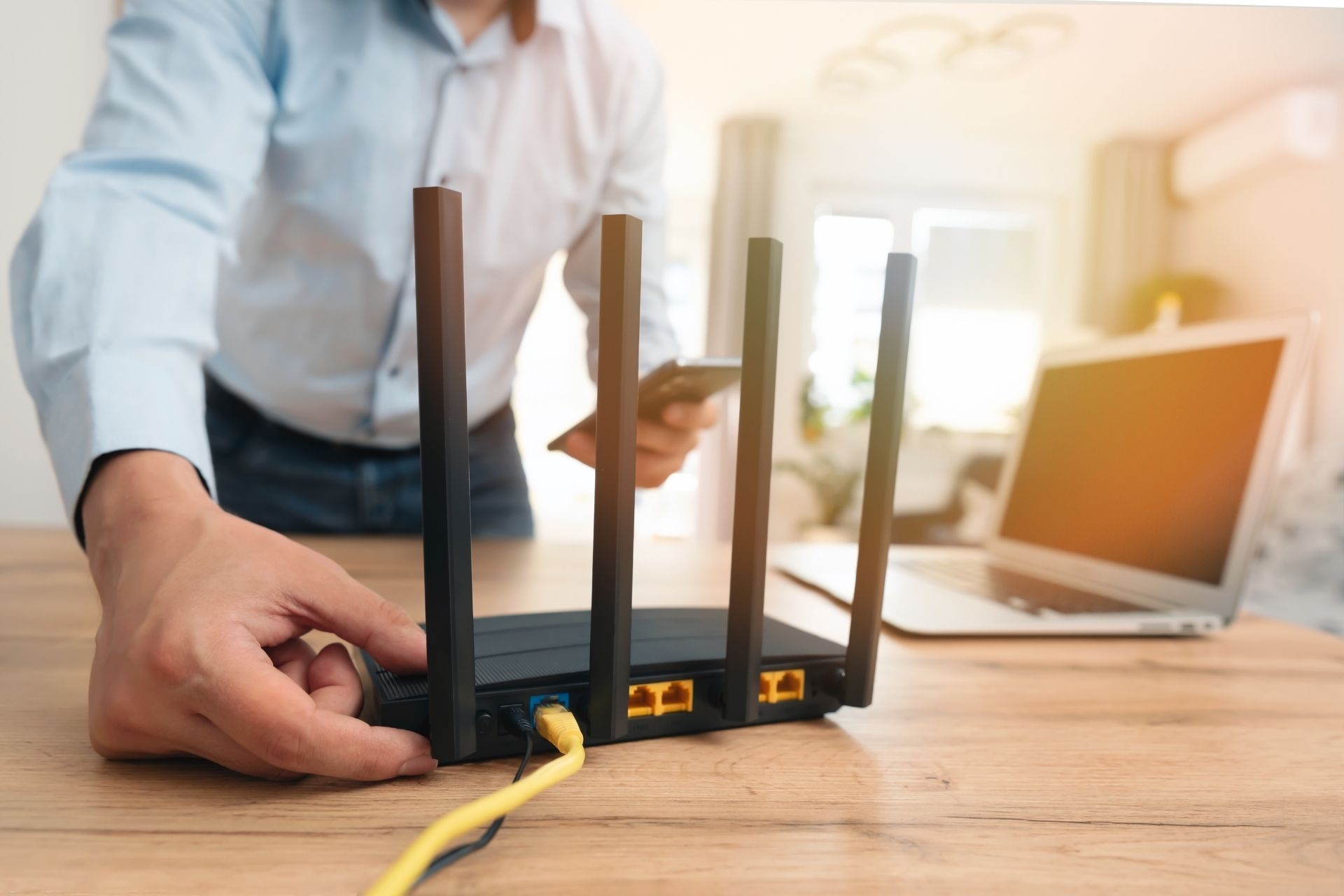Fiber Optic Splicing Techniques
What are the different types of fiber optic splicing techniques commonly used in telecommunications?
In telecommunications, the two most common types of fiber optic splicing techniques are fusion splicing and mechanical splicing. Fusion splicing involves using a machine to precisely align and melt the ends of two optical fibers together, creating a seamless connection. On the other hand, mechanical splicing uses alignment fixtures and gel to join fibers together without melting them. Both techniques have their own advantages and are used based on specific requirements and preferences.







